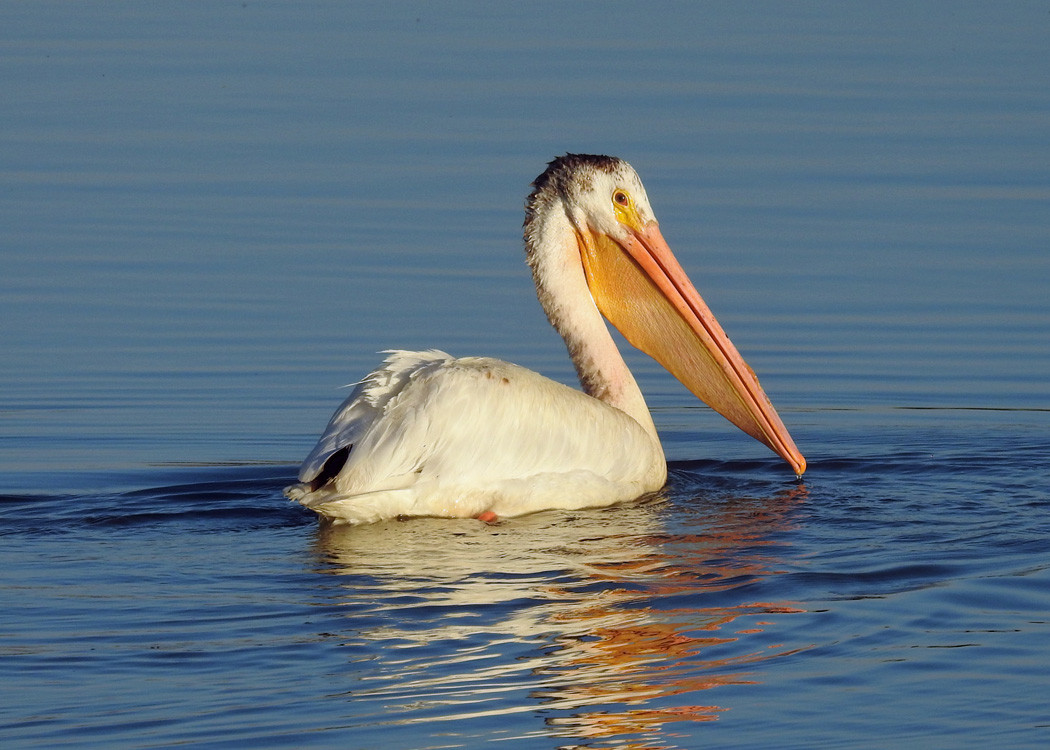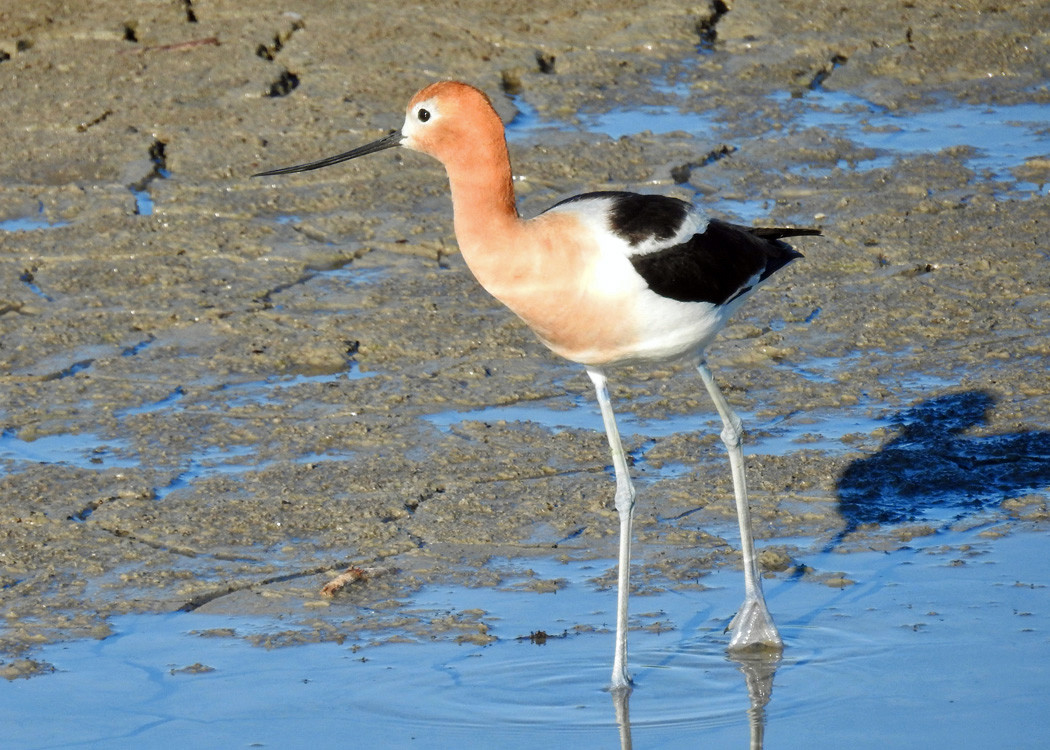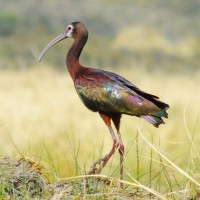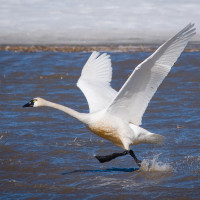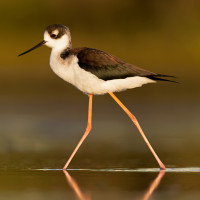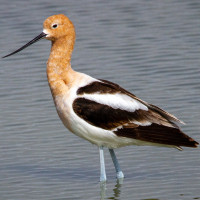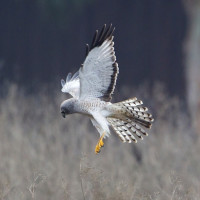Opis
Bear River Migratory Bird Refuge lies in northern Utah, where the Bear River flows into the northeast arm of the Great Salt Lake. The Refuge has 74,000 acres of pristine wetlands and protects the marshes found at the mouth of the Bear River. Surrounded by arid desert lands, these marshes are the largest freshwater component of the Great Salt Lake ecosystem and are an oasis for waterbirds and wildlife. It is considered one of the most valuable wetland areas of the Intermountain West.
The refuge is located on the edges of both the Pacific and Central Flyways and is a key spot for birds in both. Over 200 bird species have been identified in the refuge and nearly 70 species use it to nest. American avocets and Black-necked stilts nest by the thousands along refuge dikes and roads. White-faced ibis nest in dense emergent vegetation in large colonies of up to 10,000 birds. Migrant Tundra swans can number in the tens of thousands in the spring and fall. The Refuge uses a complex system of dikes and water control structures to provide different water depths for a variety of waterbird species over the seasons.
Szczegóły
Dostęp
The Bear River Migratory Bird Refuge is located in Brigham City, Utah. The refuge has a 12-mile auto tour route (indicated on the map). This is a 12-mile loop through the heart of the Refuge and located 12 miles west from I-15, exit 363. The auto tour route is open daylight hours year-round, weather and road conditions permitting. The Auto Tour is one way (counter clockwise). Click on the P in the map to get directions to the start of the Auto Tour. Please be courteous and pull over for others if you are stopped to view or photograph wildlife. There are many designed pull-offs along the route for this reason. There is a security gate at the beginning of the Auto Tour that closes at dusk. If you are leaving in the evening and the gate is already closed, please approach slowly and the gate will open, allowing you to exit.
Want to stretch your legs? Walk the 1.5 miles of trails around the Wildlife Education Center (located just 1/4 mile west from I-15, exit 363). Click on the P in the map for directions. The Wildlife Education Center is open limited hours: Tuesday through Friday, 8:00 am to 4:00 pm and Saturday, 10:00 am to 4:00 pm. The auto tour route, Wetland Wonders and Marsh Meander trails continue to be open sunrise to sunset.
.jpg)
